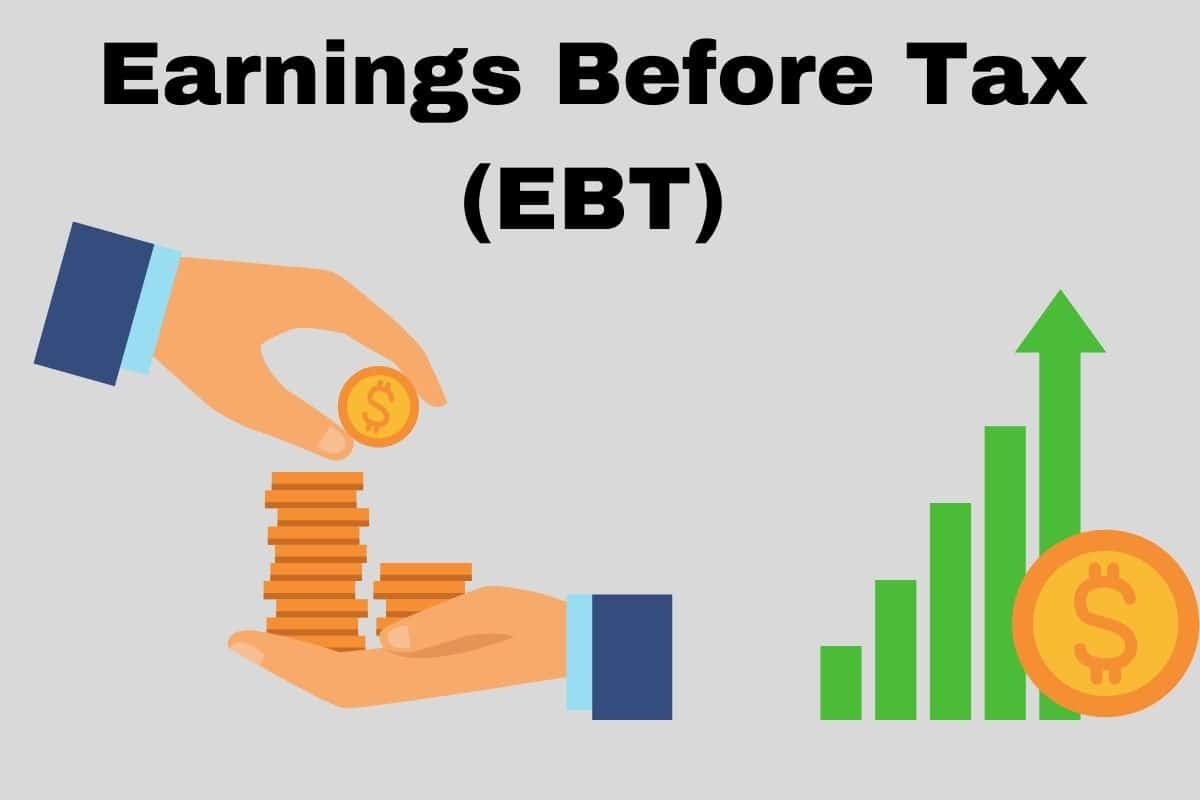For every business to attain success, there will be a need for procurement in business. With the procurement processes, the business is sure to have a strategic long-term goals like corporate strategy and a competitive advantage. Here’s all you need to know about procurement in business.
What Is Procurement in Business?
Procurement in business is the act of procuring a good or service for a company’s own use. Companies purchase goods and services on a regular basis in order to carry out their regular business functions. Smaller firms buy goods and services on a much smaller scale than larger organizations. A corporation may purchase raw materials, maintenance supplies, consumer items, processed materials, office equipment, site planning, marketing services, or recruitment.
A buyer and a seller are both involved in the procurement process. It is especially essential since it assists businesses of all sizes in locating dependable suppliers who can deliver the goods and services that fit their specific requirements. It also has a number of advantages for enterprises, ranging from assisting in the simplification of complex operations to potentially lowering raw material costs. For example, a corporation that wants an ongoing service, such as email security, might use the procurement process to select a provider that best satisfies its needs at a fair price.
Procurement Process
Procurement processes are widely based on the structure and demands of each firm, but they often comprise :
#1. Determine the items and services the organization requires.
First, a company must determine its needs for a given commodity or service. This could be a new item not previously purchased by the company, a replenishment of existing goods, or a subscription renewal. This step often entails looking into the finer points of what the company requires, such as detailed technical standards, materials, part numbers, or service qualities. It’s a good idea to discuss all company departments involved by the purchasing decision at this point to verify that the things purchased appropriately match the demands of each department.
#2. Make a purchase request.
In procurement in business, When an employee or company group requires a large amount of new supplies or services, they submit a formal purchase request (also known as a purchase requisition). A buy request alerts the company to the existence of a requirement, usually through department managers, purchasing employees, or the financial team, as well as criteria such as price, time frame required, quantity, and other relevant factors for the purchasing team to consider.
#3. Evaluate and pick vendor.
Now that you have a clear list of criteria and an approved purchase request, it’s time to identify the best vendor and send a request for quote for procurement in business. Vendor evaluation should consider not only cost but also reputation, speed, quality, and dependability. Because procurement in business is frequently connected with corporate identity, many businesses consider ethical and social responsibility as well.
Types of Procurement
#1. Direct procurement
This form of procurement in business refers to whatever needed to create an end product. To put it simply, direct purchases of raw materials contribute to the ultimate product of the company.
From the standpoint of the retailer, it is any item or materials purchased from a wholesaler to resell to clients or end consumers. some examples of direct procurement include;
- Raw materials
- Parts and components
#2. Indirect Procurement
involves materials that are important to the day-to-day functioning but make no direct contribution to the company’s output. Simply said,in this type of procurement in business it enable materials in an organization to function.
Furthermore, in procurement in business, task officers are in charge of it. Large organizations, on the other hand, use facilities management to handle indirect procurement in business . Some examples of indirect procurement are provided below:
- Office supply companies
- Services for marketing
- Advisory services
#3. Procurement of goods
The term “goods procurement” refers to the actual things or the good itself. Although it pertains to actual objects, software subscriptions are also included. The success of goods procurement in business relies heavily on the efficiency of your supply chain.
Indirect and direct procurement in business of goods are also possible. These are some examples:
- Raw Materials
- Equipment Maintenance
- Office equipment
#4. Procurement of Services
employing third parties, licensing software, and employing contractors or suppliers to work for you are all examples of service buying. Simply described, it is the acquisition of people-based services. Direct and indirect procurement in business may be included in the process of service procurement in business
What Is Procurement In Supply Chain?
Procurement in business is a procedure and one step in the supply chain. The supply chain encompasses the full manufacturing and distribution of a commercial product or good.
It refers to the full process of sourcing and negotiating with suppliers in order to obtain all of the services and goods required to create the end product. Finding suppliers, signing contracts, putting buy orders, obtaining goods, and assessing the experience after receiving goods are all part of procurement. Sourcing is a process.
Procurement in business in supply chain is a critical component of supply chain management. It contributes to ensuring that the appropriate products are available at the appropriate time and in the appropriate quantity. It can also aid in the prevention of product quality and inventory issues.
Procurement in Business planning is required to ensure that goods are ordered in a way that fulfills the needs of the client. Procurement planning purpose is to find potential suppliers, evaluate their skills, and detect any potential conflicts of interest.
Role of procurement in supply chain
Procurement is an essential component of the supply chain because it ensures that the correct products are accessible at the right time and in the right amount. It can also help to decrease waste and enhance production agility.
#1. Procurement can aid in the improvement of supplier relationships.
One of the primary advantages of good supplier relationships is that they can aid in waste reduction. When suppliers can consistently produce items that match client expectations, there is less need for frequent product change or replacement. This means that additional resources can be put toward other aspects of the supply chain, such as increased production or cost reduction.
#2. Procurement can aid in quality control.
A high level of quality control is required to ensure that products fulfill client expectations. It guarantees that all sections of the supply chain are in sync and that each stage of manufacturing meets established standards. Quality control can also keep defects from reaching customers, resulting in lost income and a tarnished brand name.
#3. Procurement can aid in inventory optimization.
Inventory is frequently a big cost burden for businesses, both financially and in terms of squandered resources. Companies can lower these costs while still guaranteeing that they have adequate supplies on hand to meet client demands by correctly managing inventory. This enables them to respond rapidly when market or client preferences change.
Procurement vs Purchasing
When it comes to cash outflow, a company should go to great lengths to plan, monitor, and track spending. Your profit margin may suffer if you do not pay strict attention to expenses. All fiscal accountability begins with the procurement and purchase procedure.
Procurement and purchase are two distinct financial systems that are frequently used interchangeably. Understanding the distinction between the two can aid in a company’s success.
Purchasing focuses on short-term goals and business needs, procurement in business focuses on strategic, long-term goals like corporate strategy and a competitive advantage.
These two separate processes should be approached differently. That way, a business can pay close attention to distinguishing aspects like supplier selection and management, risk mitigation, and expediting. To focus on corporate strategy and both short-term and long-term growth, a business should be well-versed in the procurement cycle and purchasing process.
What is an Example of Procurement?
#1. Automaker as an example
Automobiles Galore is an automobile manufacturer that produces a wide range of cars, trucks, and Mechanical components such as engines, transmissions, batteries, and alternators are purchased directly from a few reliable sources.
#2. The electronics industry.
WorldPhone Connect, LLC is a corporation that sells mobile devices, laptops, PCs, scanners, office appliances, and monitors.
#3. Event company
Rachel’s Event Planning is a small business that helps smaller organizations organize corporate events and outings. The company’s sales crew calls prospects to learn more about their individual needs, but the phones they use are getting antiquated.
How Is Procurement Done?
#1. Planning for Procurement
The first step is to examine the enterprise-wide procurement requirements. The team assesses demand predictions from several verticals and examines expenses from the previous year (historical data). Furthermore, current market trends are examined, and dangers are evaluated.
#2. Purchase Order or Indenting
Because procurement includes the expenditure of monies, certain approvals must be obtained. The purchase request must be approved by the project manager, the end-user department and its head, and the budget approving authority.
#3. Suppliers
This is an important phase since it entails selecting providers who meet the “Five Rights” objectives (right quality, right quantity, right time, right place, and right price). It is critical to evaluate the suppliers’ locations, if they are registered with the organization, reputation and credibility, ability to reliably execute orders, response time to rush requests, and ethics.
#4. Publish the RFQ
The Request for Quotations (RFQ) is distributed to the shortlisted providers. The RFQ document contains all of the information needed for a supplier to respond.
Examine and quote as needed. When a company seeks the best pricing for its requirements, it will send an RFQ.
#5. Evaluate the Quotes
Once all quotations have been received, they are evaluated based on the cost of acquiring the item, freight charges, delivery terms, and so on. A comparison of the aforementioned parameters is provided for easier decision-making.
What Are the 3 Types of Procurement?
Service procurement, indirect procurement, and direct procurement are the three main types of procurement.
What are the 5 Main Things in Procurement ?
#1. Product
The first procurement right is to define what product is required to accomplish that business aim.
Product is about choosing the ideal material and ensuring that the quality meets expectations. When firms assume that procurement teams are only interested in low, low pricing, it can strain internal relationships.
#2. Place
Goods and services delivered at the correct location characterize place.
The term procurement location is no longer limited to the delivery of goods to the end destination. It also contains the location of the resources, other actors in the supply chain, the location of the final consumer, and any other activities involved in moving this product from point A to point B, C, and so on.
#3. Quantity
When you can’t get the correct quantity, the right product and location don’t matter as much.
This is difficult because procurement must find a balance between maintaining stock levels that allow production to continue.
If you have too much stock, you’ll have to pay for storage space and, in some situations, deal with waste from expired products.
If the correct quantity is not obtained, you may be unable to meet client demand, resulting in delays and bottlenecks, as well as the costs associated with shutdowns, lost customers, and reputational damage.
#4. Time
Procurement may reduce delays, bottlenecks, early delivery, and holding expenses by getting the timing correct.
Timing affects everyone, from front-line manufacturing workers to sales and marketing, and even whether or not your clients continue to do business with you.
#5. Price
Of course, there’s a problem if the pricing isn’t correct. According to a Deloitte report from 2018, CFOs are placing pressure on procurement to minimize expenses.
What Are The 4 Main Roles of Procurement?
#1. Sourcing
The most crucial role of a procurement department is sourcing. Why? Because the procurement department is in charge of procuring goods and services that the company requires to function.
It is necessary for the procurement department to develop a strategy plan in order to obtain the goods or services at the best feasible pricing. As a result, it has a significant impact on the organization’s growth.
#2. Adherence to company policies
The procurement in business department must guarantee that all purchases are in accordance with the policies of the firm. Before making a purchase,
It must investigate the organization’s protocol to guarantee compliance.
#3. Bargaining
To obtain the greatest products at the best price, the procurement department must be skilled at negotiating.
#4. contracting
The contract is awarded to the best supplier by the procurement department. That is why the procurement department must thoroughly investigate the provider.
Furthermore, the procurement department must be aware of and adhere to all agreements, as this is critical to the success of the organization’s relationship with the supplier.
What Is The Purpose of Procurement?
It is not commonplace for certain firms to use the terms procurement and purchasing interchangeably. However, purchasing is now frequently regarded as merely one element in a bigger, more strategic procurement process. Procurement in business encompasses all activities involved in getting the goods and services required to support a company’s everyday operations, including sourcing, negotiating terms, purchasing items, receiving and inspecting goods as needed, and keeping records of all phases in the process.
In Conclusion,
Procurement in business the process of selecting vendors, establishing payment terms, strategic vetting, selection, contract negotiation, and actual purchasing of goods.” It is concerned with acquiring (procuring) all of an organization’s necessary products, services, and labor. Procurement in business is generally the broad or umbrella term that encompasses purchasing.






